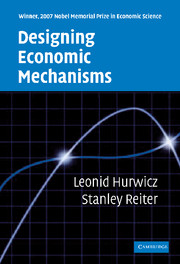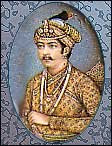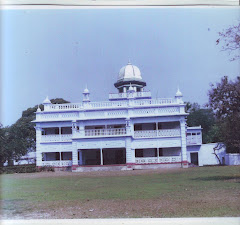 The gap in knowledge between buyers and sellers, and the costs and consequences for the efficient operation of a market, is at the heart of the groundbreaking research by the winners of this year's Nobel prize in economics. Three US-based economists
The gap in knowledge between buyers and sellers, and the costs and consequences for the efficient operation of a market, is at the heart of the groundbreaking research by the winners of this year's Nobel prize in economics. Three US-based economists - the game theory pioneer
Leo Hurwicz, along with
Eric Maskin and
Roger Myerson – were today
awarded the 2007 prize for work spanning 50 years in a branch of game theory that has come to be known as
mechanism design.In its statement announcing the award, the Nobel committee said:
"The theory allows us to distinguish situations in which markets work well from those in which they do not. It has helped economists identify efficient trading mechanisms, regulation schemes and voting procedures." A
mechanism is a
mathematical structure that models institutions through which economic activity is guided and coordinated. There are many such institutions; markets are the most familiar ones. Lawmakers, administrators and officers of private companies create institutions in order to achieve desired goals. They seek to do so in ways that economize on the resources needed to operate the institutions, and that provide incentives that induce the required behaviors. Their works represent systematic procedures for designing mechanisms that achieve specified performance, and economize on the resources required to operate the mechanism. The systematic design procedures are algorithms for designing informationally efficient mechanisms. When there are finitely many environments to be dealt with, and there is a Nash-implementing mechanism, our algorithms can be used to make that mechanism into an informationally efficient one. Informationally efficient dominant strategy implementation is also studied.
While
highly abstract and mathematical, mechanism design theory has concrete applications in the real world, it can provide
important justifications for government intervention in the operation of markets such as health care, as well as helping to construct rules that attempt to avoid the disparity in information between groups of buyers and sellers.
That gap in knowledge is known in economics as
"information asymmetry" and it has become one of the most widely studied aspects of the discipline. In recent years economists such as
George Akerlof and
Joseph Stiglitz have been awarded Nobel prizes for their work in the field.
Because
sellers have an incentive to seek the highest possible sale price, and buyers have the opposite incentive, and both parties have different levels of knowledge about the overall value of the transaction, the final outcome may not efficient for the economy as a whole. Mechanism design theory attempts to identify these breakdowns and avoid them where possible. Hurwicz began working on
forms of game theory with the influential economist
Kenneth Arrow, who
first outlined the pitfalls of information asymmetry in the 1960s and was awarded the Nobel prize in economics in 1972. But
Arrow's work built on some of Hurwicz's research in the 1950s, and Hurwicz was regarded as having been overlooked, until now.
Myerson is a prolific author of academic papers and computer software tackling the subject. He is best known as one of the authors of an influential principle in mechanism design theory, the
Myerson-Satterthwaite theorem, which finds that one side of a transaction stands to make a loss of some kind when two parties trade a good where they each have hidden and differing information. Maskin has worked on the
optimal design of auctions, alongside his colleague
John Riley, and was hired to advise the Italian government on the operation of its bond auctions. He has previously worked as a research student and visiting fellow at Cambridge University.
Source: http://business.guardian.co.uk/economy/story/0,,2191731,00.html







